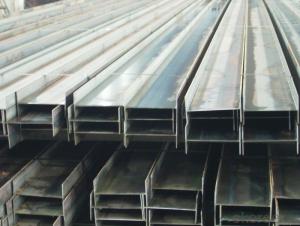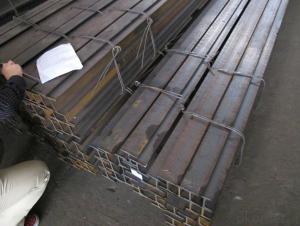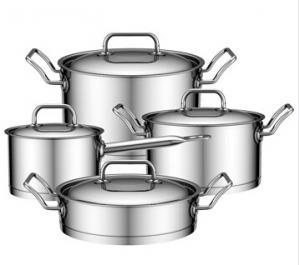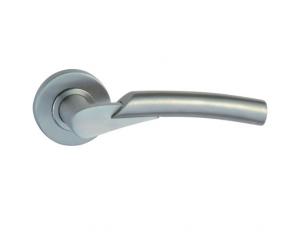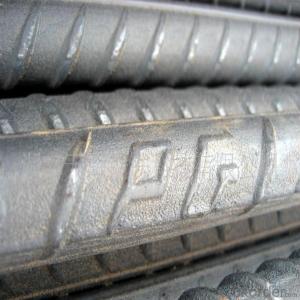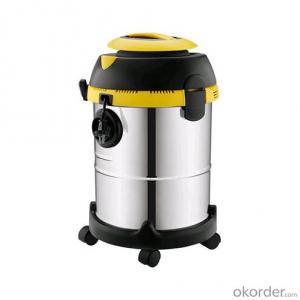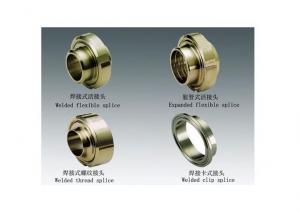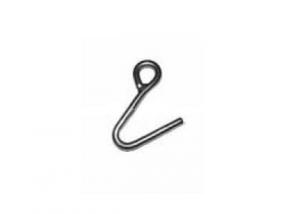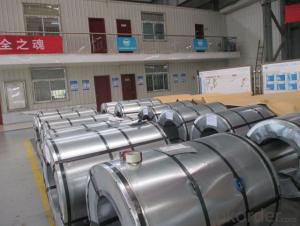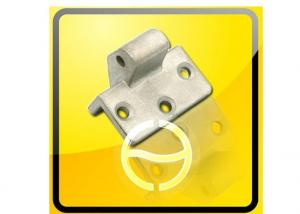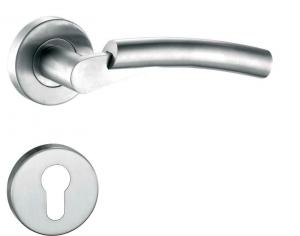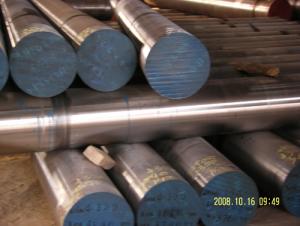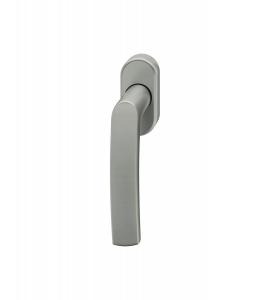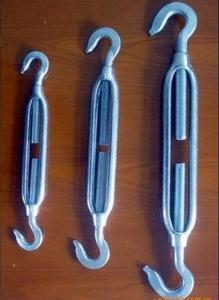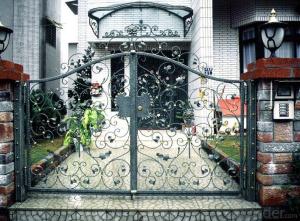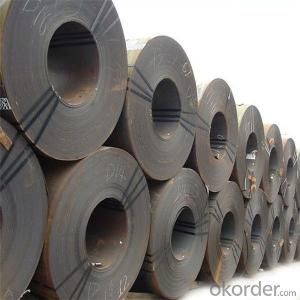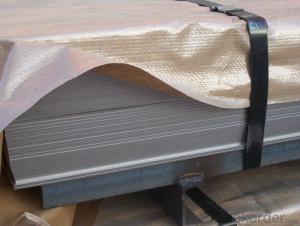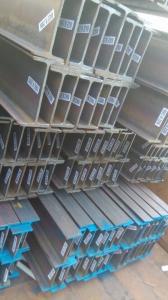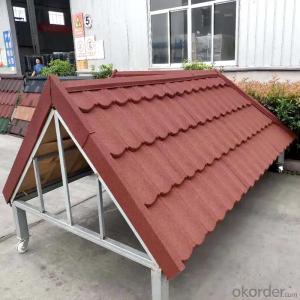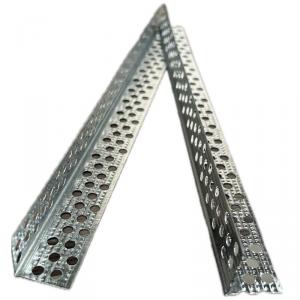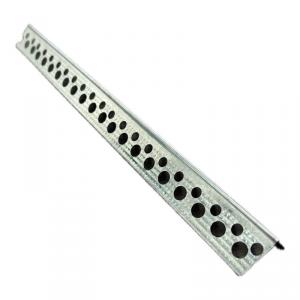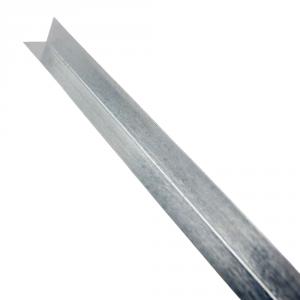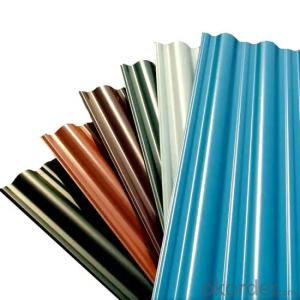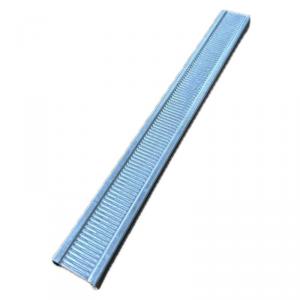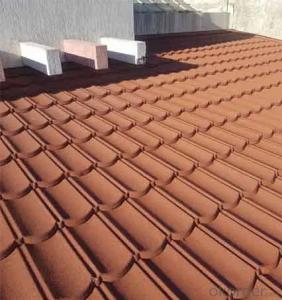H S Code For Stainless Steel
H S Code For Stainless Steel Related Searches
Stainless Steel S Stainless Steel Numbers Density Of Stainless Steel Stainless Steel Grade Chart Stainless Steel Grade Type Of Stainless Steel Stainless Steel Abbreviation Color Of Stainless Steel Stainless Steel Density Stainless Steel S Hooks Stainless Steel Color Stainless Steel House Numbers Grades Of Stainless Steel Stainless Steel Grades Chart Stainless Steel Crown Ada Code Stainless Steel Conductivity Stainless Steel Strength Stainless Steel Structure Conductivity Of Stainless Steel Color Stainless Steel Hardness Of Stainless Steel Composition Of Stainless Steel Stainless Steel Heat Color Buy Stainless Steel Stainless Steel Hinge Heat Color Stainless Steel Stainless Steel Type Stainless Steel Composition Stainless Steel Oxidation Custom Stainless SteelH S Code For Stainless Steel Supplier & Manufacturer from China
Stainless steel products, categorized under the H S Code For Stainless Steel, encompass a wide range of items such as sheets, pipes, bars, and various other forms of this corrosion-resistant alloy. These products are known for their durability and strength, making them ideal for use in various industries such as construction, automotive, and food processing. The H S Code For Stainless Steel is an essential classification system that facilitates trade and customs procedures by identifying and categorizing these products.Stainless steel products are widely used in numerous applications due to their resistance to corrosion, high strength, and ability to withstand extreme temperatures. They are commonly utilized in the manufacturing of kitchen appliances, industrial equipment, and architectural structures. The H S Code For Stainless Steel plays a crucial role in streamlining the import and export processes for these products, ensuring efficient and accurate trade.
Okorder.com is a reputable wholesale supplier of H S Code For Stainless Steel products, boasting a vast inventory of stainless steel items to cater to the diverse needs of clients across different industries. With a commitment to quality and customer satisfaction, Okorder.com ensures that the stainless steel products they supply meet the highest standards and are available at competitive prices.
Hot Products
